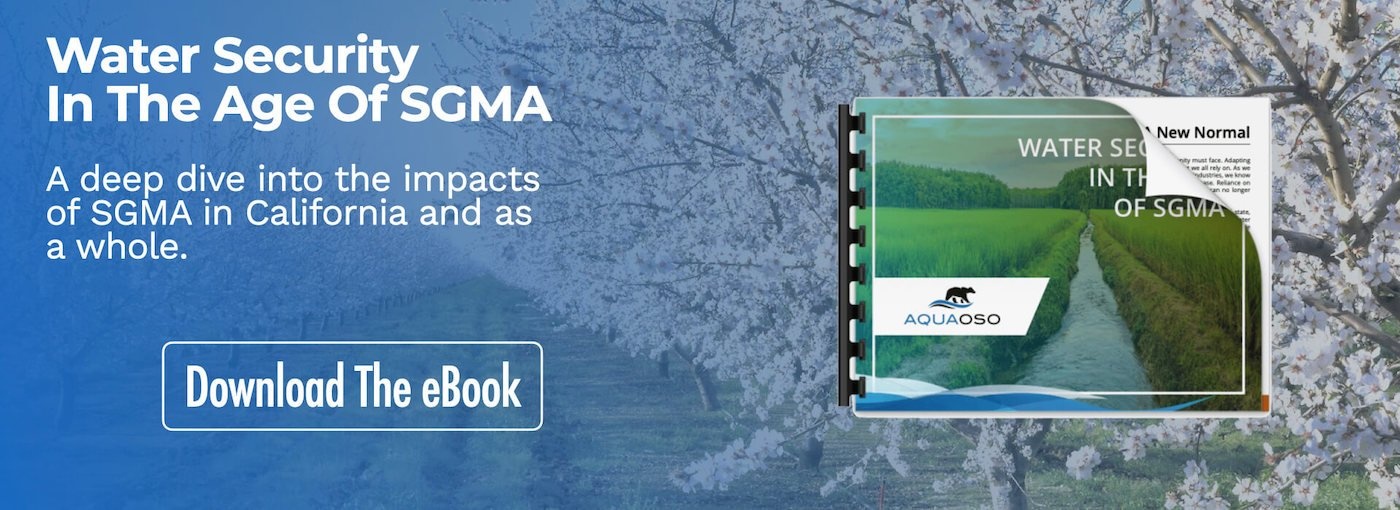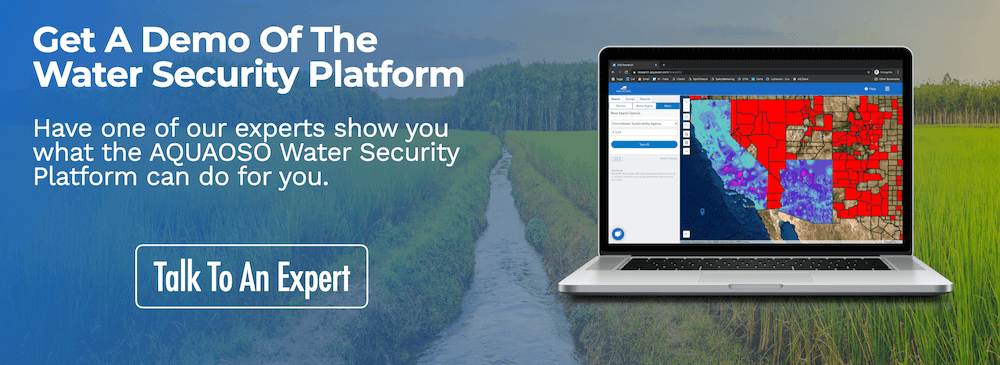ESG Investing Principles for Mitigating Risks in Portfolios
ESG investing is a strategy that allocates financial capital to companies that meet criteria in three key areas – environmental, social, and governance impacts. As investors choose to prioritize more sustainable, ethical investments, companies themselves are putting more effort into developing and implementing long-term ESG initiatives.
Not all ESG initiatives are equally effective, though. Currently, companies are typically scored by third-party rating agencies on how well they meet ESG criteria. Companies may also release self-reported ESG data so that investment groups can apply their own criteria and ESG investing principles when deciding whether or not to invest.
This post will explore some of these ESG investing principles, and why it’s so important for investors to understand them before researching new investment opportunities in 2021 and going forward.
ESG Investing Principles
ESG investing principles include the practices and strategies that investors use to make sure that their portfolios comply with reporting requirements, mitigate risk across their portfolios, and protect all three types of capital: natural, social, and financial.
In the past, ESG funds, portfolios, and investments, were seen as less diverse, and therefore less profitable, than other types of investments. This perspective is changing.
Many ESG investments are now less risky than other investments, especially in the face of climate change and water scarcity, and other issues that threaten business models and supply chains.
ESG investments have been linked to better ROI, and don’t have the same risk factors, such as natural resource depletion or reputational damage, that plague some industries. Still, ESG initiatives can vary widely, so it’s important for investors to do their own due diligence to ensure that a company’s practices align with their goals and values.
For example, investors who want to focus on the environment criteria through impact investing in agriculture will benefit from learning about water security and related issues, while investors focused on the social or governance side of ESG may place more emphasis on issues such as hiring practices, executive pay, and diversity in the boardroom. These values aren’t mutually exclusive, of course, but may be weighted differently in different ESG scores.
Three Steps of ESG Investing
Bloomberg uses a 100-point scale to rank companies “based on their performance weighted equally over one, three and five years.” However, they also note that many investors “prefer raw ESG data to ESG scores because it allows them to customize the data sets for their needs.”
As governments begin to roll out new ESG reporting requirements, many industries are already working towards new standards and disclosure practices.
Investors can use this information to inform their ESG investing principles in three key ways:
- Data collection
- Measurement
- Mitigation strategy
Data collection
First, being able to access and understand ESG data in a timely manner will be one of the key challenges that investors face in the wake of new ESG reporting requirements. Financial institutions in particular may be required to undergo stress tests to ensure a healthy distribution of risk and resilience in the face of climate change.
This means that investors will need tools to gather ESG data from the investments in their portfolios. Small, granular data is going to be the most valuable because its capabilities in an aggregated format allow users to see the complete picture at multiple resolutions.
As companies plan ahead to address new reporting requirements, investors need to ensure that they can access high-quality ESG data in a timely manner.
Measurement
One of the reasons there’s still so much uncertainty around ESG reporting is that each area of focus produces different types of datasets. A company’s pledged initiatives may be reflected in in-house reports, but its performance may require an analysis of real results produced by tools such as geospatial data.
In other words, ESG scoring isn’t like comparing apples to apples. Each type of ESG metric can be very different, so it’s important to have an overall measurement strategy as well as the proper datasets that reflect true ESG situations, enabling customized strategies.
Mitigation strategy
Finally, investors can use the results of ESG reports to mitigate risks and make changes to their investment strategies. If ESG measurements expose unknown risks or uncover investments that don’t meet ESG standards, a mitigation strategy will be called for.
This doesn’t necessarily mean entirely divesting from a company that fails to meet ESG standards. For example, agricultural lenders are uniquely suited to work with borrowers to help them implement sustainable water management and farming practices.
Recognizing the potential for collaboration-driven improvement is essential and the relationships build can increase the longevity of a portfolio’s ROI.
The same data collection and measurement strategies that investors use to ensure that their portfolios comply with ESG reporting requirements are the strategies they can use to find financial risks in their portfolios that can be addressed or mitigated.
Why ESG Investing Principles Are Important for All Investors
Even investors who aren’t actively choosing to invest in ESG initiatives themselves will benefit from understanding these ESG investing principles. The reporting requirements to come will apply to a wide range of companies and financial institutions and will be enforced by entities such as the SEC. Entities that don’t comply with these requirements may face disciplinary action.
Not only that, but investors who don’t use ESG-driven strategies may find themselves behind the curve when it comes to mitigating risk in their portfolios and protecting their three types of capital – natural, social, and financial – from increasing amounts of environmental and societal risks.
As Forbes explains, “without the availability of reliable ESG-related material information for all US issuers, US issuers could be at a disadvantage to access international capital from investors with their own sets of mandated ESG duties.”
By understanding and implementing ESG investing principles now, investors and other stakeholders will be prepared for the reporting requirements to come and will be better suited to mitigate risks across their entire portfolio.
Read more about ESG reporting and capital risk in the explorable AQUAOSO guide.
The Bottom Line
ESG investing is on the rise, but the lack of standardized reporting practices and the uniqueness of each respective ESG criteria mean that investors must improve their data collection and measurement so that effective risk mitigation can take place.
As ESG reporting becomes a legal requirement for many institutions, investors will need to better understand and apply ESG investing principles themselves. This will be useful for ensuring that their investment portfolios meet ESG standards, as well as for identifying risks that can be addressed or mitigated.
AQUAOSO’s Water Security Platform is specifically designed for lenders, investors, and other stakeholders seeking to identify and monitor water risk. The Portfolio Connect tool makes it easy to assess water risk across entire portfolios, while the Research and Reporting tool provides a wealth of geospatial data.
Reach out to the team to find out how AQUAOSO can help agricultural professionals with ESG reporting requirements, or visit the resources page to learn more.
Recent Posts
Agcor and AgWare Celebrate 2 Years of Groundbreaking Integration, Setting the Standard in Agricultural Appraisal Efficiency
PRESS RELEASE For Immediate Release DENVER, March 21, 2024 -- Agcor, an AQUAOSO Technologies, PBC brand, a leading provider of agricultural lending software solutions, announces a significant milestone in its partnership with AgWare, a premier developer of innovative...
AQUAOSO launches Agcor – a full suite of digital tools for the modern ag lender.
PRESS RELEASE For Immediate Release Denver, CO - Today, AQUAOSO Technologies, PBC officially unveiled Agcor™ - a suite of software tools for the modern ag lender. The software is purpose-built by and for agricultural lenders to unlock the power of...
AQUAOSO’s Climate Intelligence Platform Showcased At OnRamp Conference
PRESS RELEASE For Immediate Release AQUAOSO showcases GIS Connect, a climate intelligence platform that helps US financial institutions mitigate climate risk during the recent OnRamp Agriculture conference. AQUAOSO shares their story of substantial growth as...



